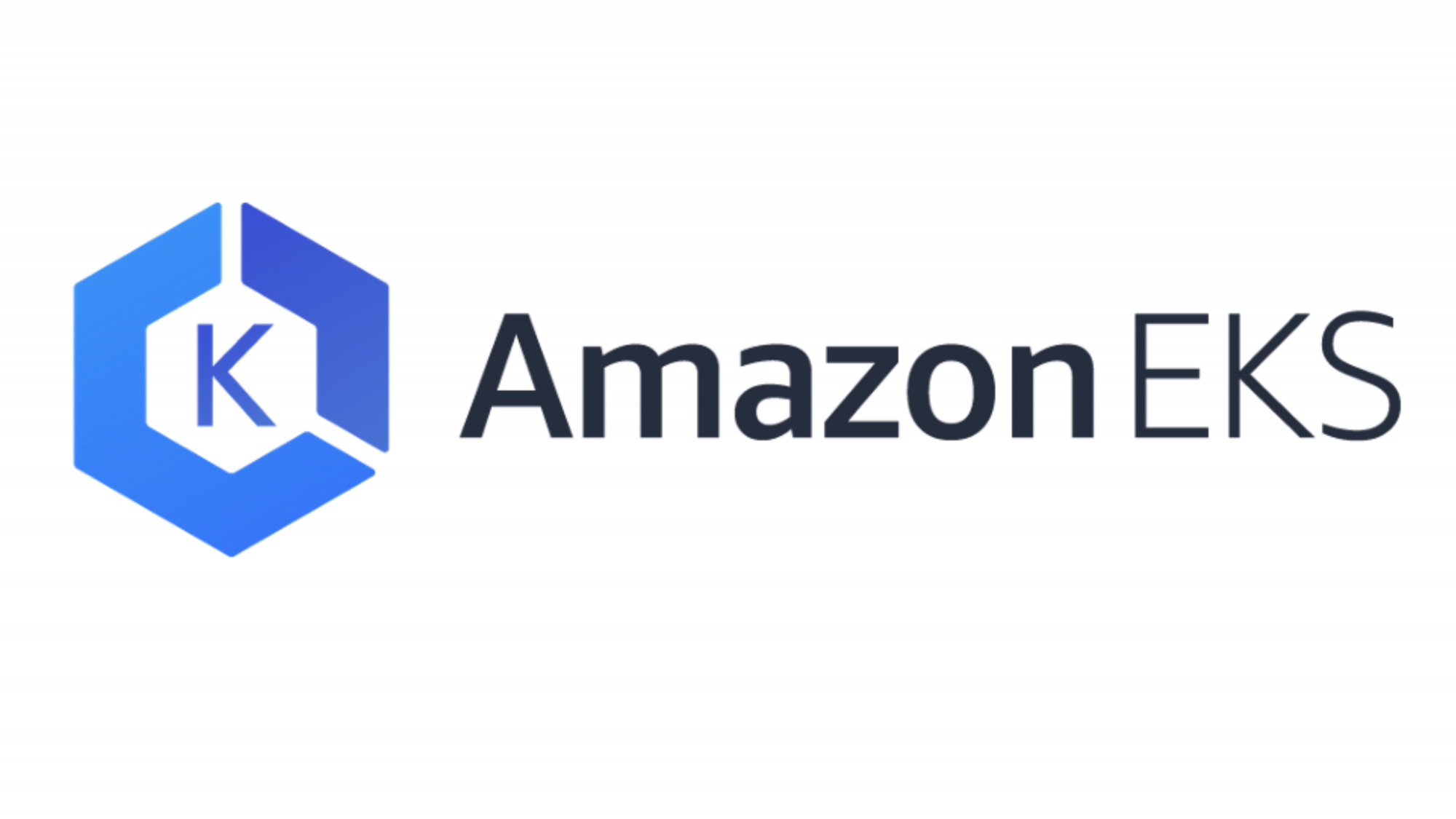In the fast-paced world of cloud computing, streamlining deployment processes is essential for DevOps teams to deliver software efficiently and reliably. Amazon Elastic Kubernetes Service (Amazon EKS) has become a popular choice for managing Kubernetes clusters, offering scalability, flexibility, and ease of use. Integrating GitHub Actions and AWS CodeBuild into your Amazon EKS deployment workflow can further enhance automation and reduce manual intervention, leading to smoother deployments and faster time-to-market. Let’s delve into how these tools work together to simplify Amazon EKS deployments.
What is Amazon EKS?
Amazon EKS is a managed Kubernetes service that allows you to run Kubernetes clusters without the operational overhead of managing the underlying infrastructure. It simplifies the deployment, management, and scaling of containerized applications, making it an ideal choice for organizations embracing container orchestration.
Leveraging GitHub Actions for Continuous Integration and Deployment (CI/CD)
GitHub Actions is a powerful automation tool that enables you to build, test, and deploy your code directly from your GitHub repository. By defining workflows in YAML files within your repository, you can automate various tasks, including CI/CD processes.
Setting up GitHub Actions for Amazon EKS Deployments
- Create Workflow File: Start by creating a .github/workflows directory in your GitHub repository. Within this directory, create a YAML file (e.g., deploy.yml) to define your deployment workflow.
- Define Workflow Steps: In your workflow file, define steps to trigger your CI/CD pipeline. This can include steps for building Docker images, running tests, and deploying to Amazon EKS.
- Configure AWS Credentials: To interact with AWS services from GitHub Actions, you’ll need to securely store and use AWS credentials. Use GitHub Secrets to store your AWS access key and secret key securely.
- Deploy to Amazon EKS: Use AWS CLI commands or AWS SDKs within your workflow to deploy your containerized application to Amazon EKS. Ensure that your Kubernetes manifests are up to date and reflect the desired state of your application.
Benefits of GitHub Actions for Amazon EKS Deployments
- Build Consistency: AWS CodeBuild ensures consistent and reproducible builds, reducing build failures and deployment inconsistencies.
- Scalability: CodeBuild automatically scales based on workload, allowing you to handle multiple concurrent builds efficiently.
- Integration with AWS Services: CodeBuild seamlessly integrates with other AWS services, such as Amazon ECR (Elastic Container Registry) for storing Docker images.
Conclusion
By combining the capabilities of GitHub Actions and AWS CodeBuild, DevOps teams can simplify and automate Amazon EKS deployments effectively. This streamlined approach reduces manual effort, improves deployment reliability, and accelerates time-to-market for containerized applications.
If you’re looking for expert guidance and support in optimizing your DevOps workflows, consider leveraging DevOps Consulting Services and Cloud Infrastructure Services offered by experienced providers like Techtweek Infotech. With their tailored solutions and industry expertise, you can enhance your development processes and achieve greater agility in deploying applications on Amazon EKS and other cloud platforms.


